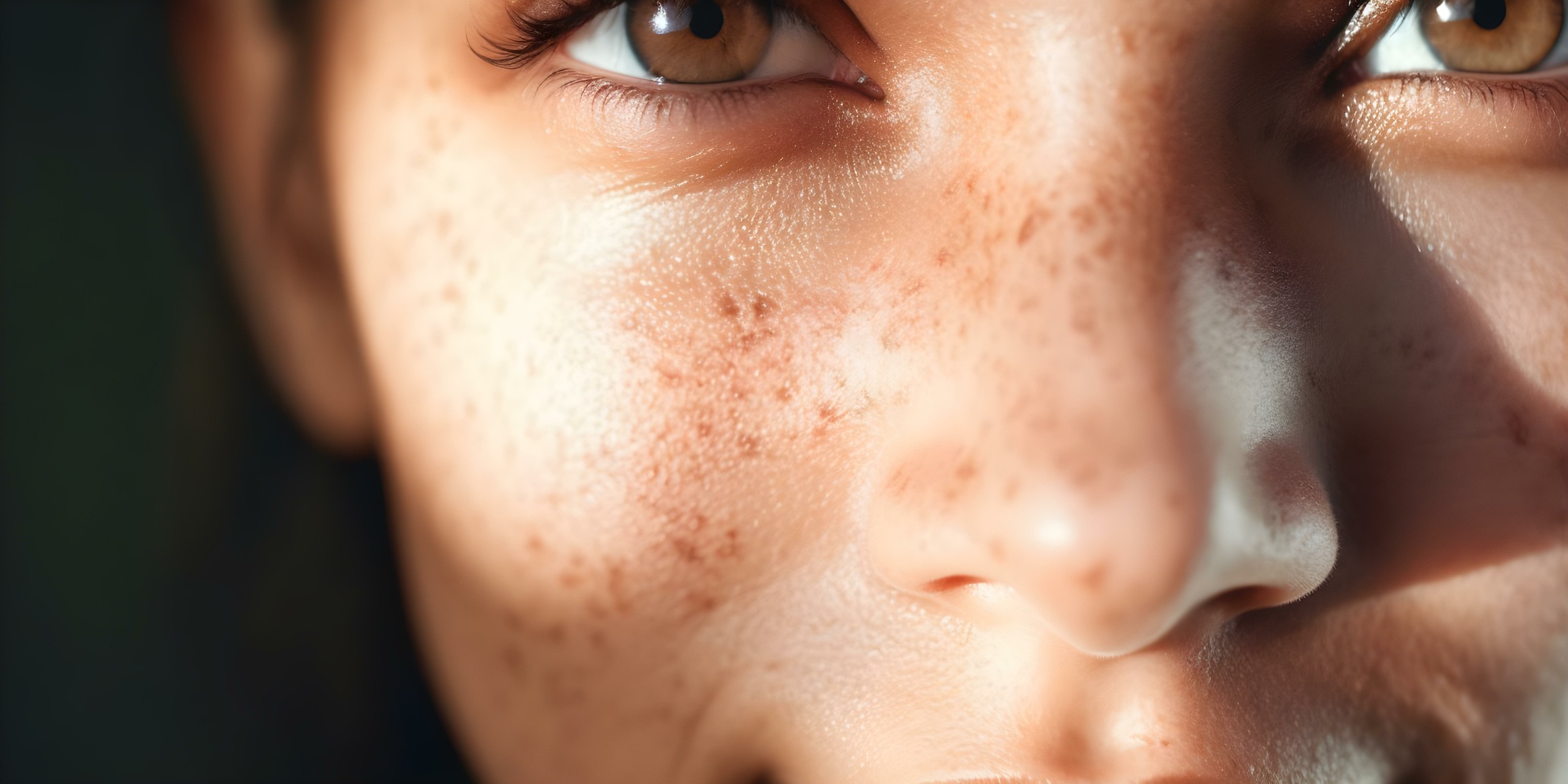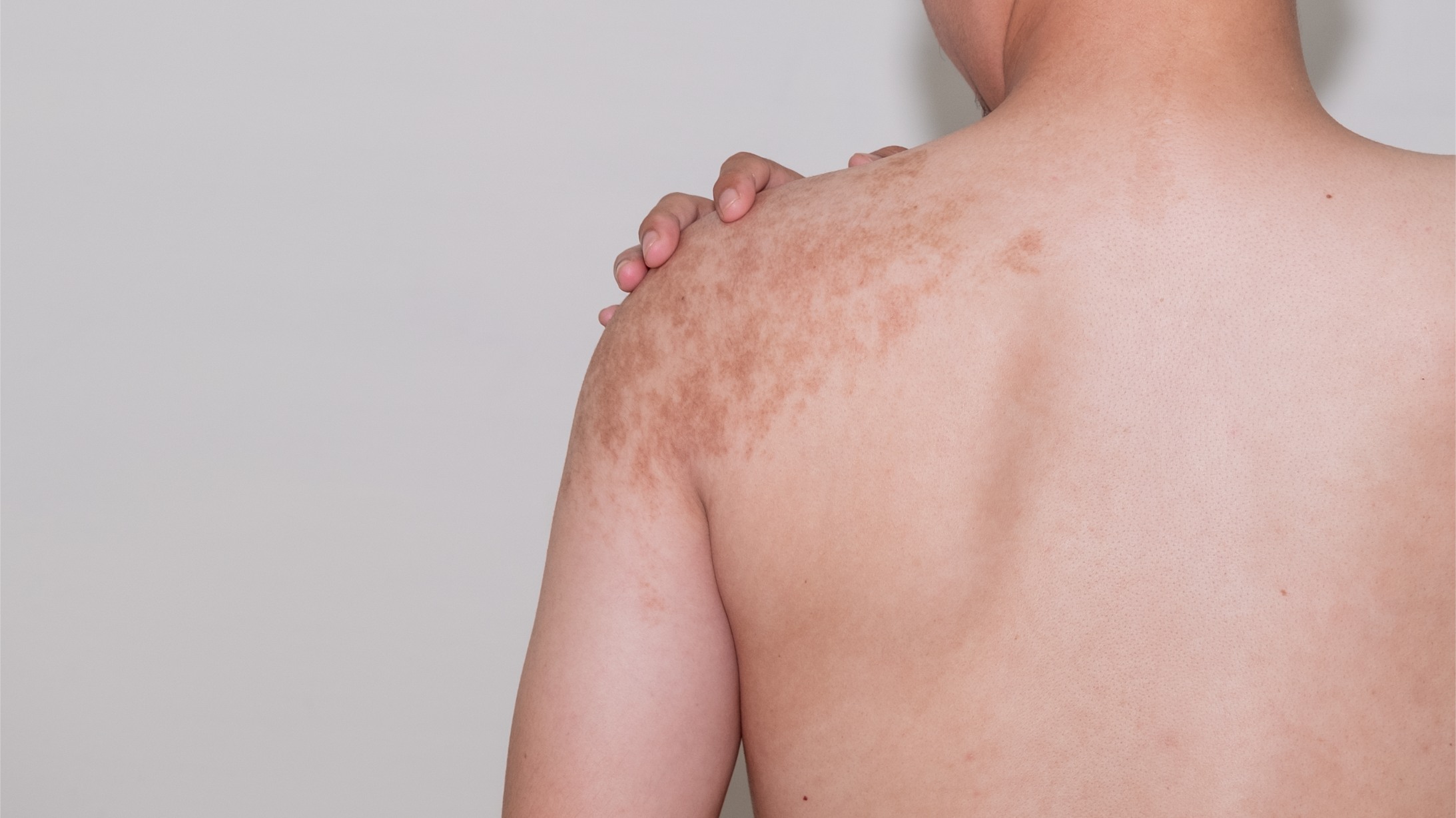
Cause of Brown Spots on Skin
Brown spots on the skin, also referred to as hyperpigmentation, can develop due to various factors. One primary cause is prolonged exposure to the sun’s harmful ultraviolet (UV) rays, which can trigger an increase in melanin production, leading to the formation of dark spots. Additionally, as we age, our skin’s ability to regenerate and maintain an even tone diminishes, making us more susceptible to pigmentation irregularities. Hormonal changes, such as those experienced during pregnancy or while taking hormonal medications, can also contribute to the development of brown spots. Furthermore, genetics play a role, as individuals with a family history of hyperpigmentation may be predisposed to developing brown spots on their skin. Understanding these contributing factors can help individuals take proactive steps to prevent and address brown spots, such as practicing sun protection, adopting a skincare routine tailored to their needs, and seeking appropriate treatment options.
At FCP Dermatology we offer a wide range of surgical and cosmetic Dermatology services, in a 5-star luxury setting.
- +1 (416) 861-8600
- Contact via Email
Brown Spots on Skin
Pico Genesis
All Natural Green Peel
Signs and Symptom
Effects on Health

Treatment Options
Before treatment can commence, a dermatologist needs to confirm the diagnosis of sun spot and make sure it is not a skin cancer. Several treatment options are available to address these pigmentation irregularities and promote healthier-looking skin. These treatments should only be done under the supervision of a dermatologist. Here’s an overview of some effective treatments:
- Pico Genesis: A non-invasive laser treatment that targets pigment cells with short bursts of energy, helping to break down excess melanin and promote a more even skin tone.
- Green Peel: This herbal-based peel exfoliates the skin and stimulates cell turnover, resulting in a brighter and more uniform appearance. It’s a gentle yet effective option for reducing the appearance of brown spots.
Brown Spots on Skin
Choosing the Right Treatment
When considering treatment options for brown spots on the skin, it’s essential to see a dermatologist to get a proper diagnosis and treatment. Firstly, the type and severity of pigmentation should be carefully assessed to determine the most suitable approach. Different treatments may be more effective for certain types of brown spots, such as those caused by sun damage versus hormonal changes. Additionally, your skin type plays a crucial role in selecting the right treatment, as certain procedures may be better suited for individuals with specific skin concerns or sensitivities. Lastly, individual preferences and lifestyle factors should be considered when making a decision. It’s important to work closely with a qualified dermatologist who can accurately diagnose your condition and recommend appropriate treatment options tailored to your unique needs. A dermatologist can provide expert guidance throughout the process, ensuring that you receive safe and effective care that aligns with your goals and preferences.

Recovery and Results
Safety Considerations
When considering treatments for brown spots on the skin, it’s essential to be aware of potential risks and side effects to make informed decisions about your care. While most treatments are generally safe, there may be some associated risks, such as temporary redness, swelling, or irritation at the treatment site. Additionally, in rare cases, more serious side effects such as scarring or changes in skin pigmentation may occur. However, by working with a qualified dermatologist, you can significantly minimize these risks. Dermatologists have extensive training and expertise in performing skin treatments and can assess your individual risk factors to recommend the safest and most effective options for your specific needs. They will also provide you with detailed information about potential side effects and how to mitigate them, as well as offer guidance on post-treatment care to ensure the best possible outcome. By entrusting your care to a dermatologist, you can feel confident that you’re in capable hands and receive the highest standard of care while minimizing potential risks.

